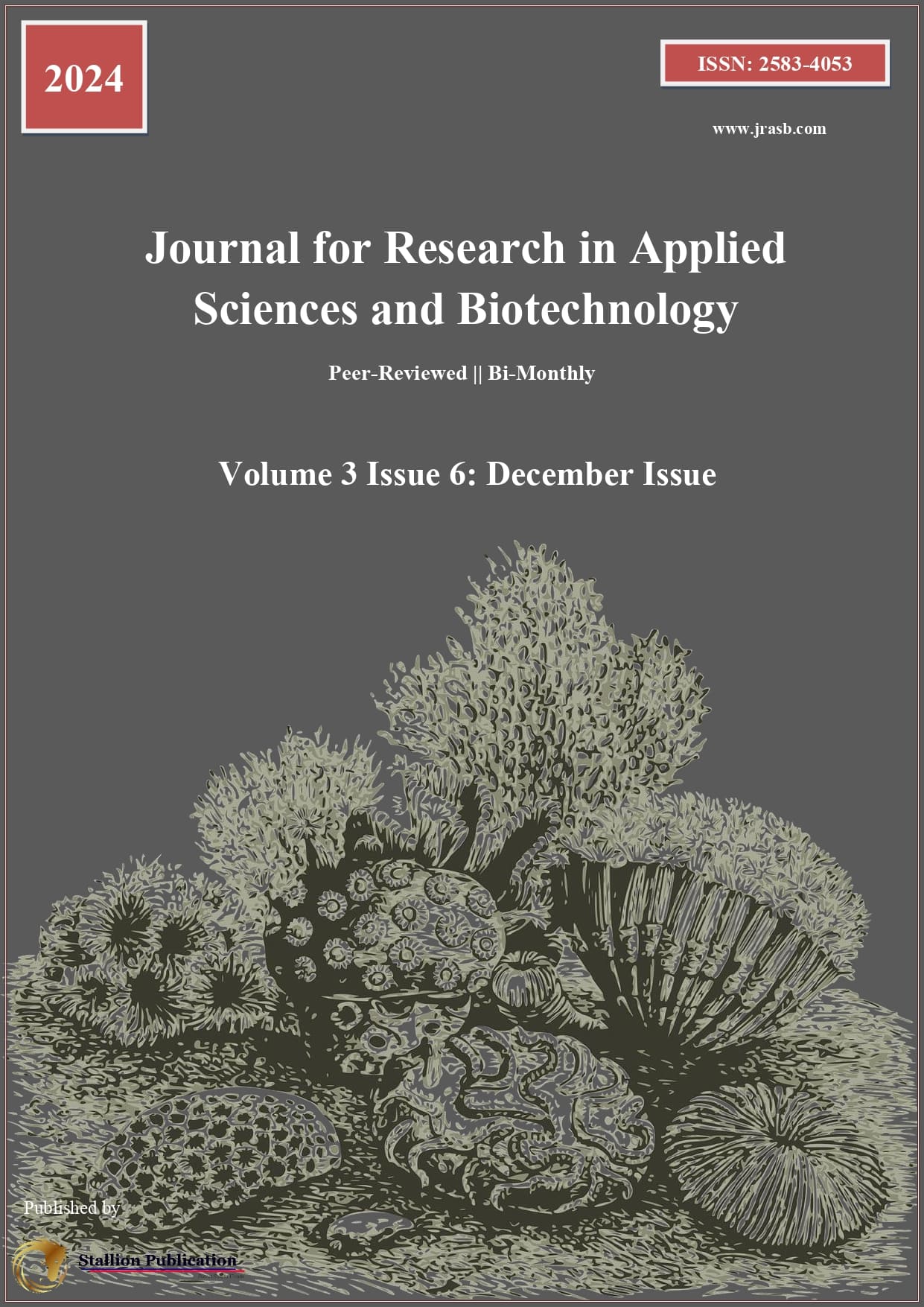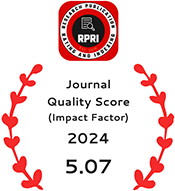Solving Systems of Linear Algebraic Equations Using the Monte Carlo Method
DOI:
https://doi.org/10.55544/jrasb.3.6.12Keywords:
Linear Algebraic Equations, Mathematical Hope, Linear equation system, Random variable, Eigenvalues and eigenvectors of each matrixAbstract
Mathematics is a vast science that has developed in different parts according to human needs and at different times to solve human problems since its inception. The branches of mathematics can be considered as an independent field due to their complexity. Numerical calculations or numerical analysis, in turn, can be found in different parts due to the calculations of equations that do not have real solutions. It can find their numerical solutions.
Numerical analysis can be used in various areas such as power calculations, logarithms, limit calculations, numerical derivatives of functions, numerical integrals, etc. mathematical calculations. In this regard, mathematicians have conducted research in various areas and after a period of time have reached a solution to the problem at hand and have left a mark in the form of various relations, formulas, and theorems, each of which has created convenience for the reader. One of these methods that can easily solve equations is solving a system of linear equations using the Monte Carlo method. Basically, this method, with its complexity, considering probabilistic calculations and obtaining the prices of a system and using mathematical hope, can easily solve a system of linear algebraic equations.
Downloads
References
S.Conte and C. deBoor (1980), Elementary Numerical Analysis, 3rd ed. McGraw-Hill, New York.
P. Davis and P. Rabinowiz (1983), Methods of Numerical Integration, 2nd ed, Academic press, New York.
G.Golub and C. Van Loan ( 1989), Matrix Computation, 2nd ed, Johns Hopkins University Press, Baltimore, Md.
K. Atkinson (1978), An Introduction to Numerical Analysis, 2nd ed, Wiley, New York.
R. Burden and J. Faires (1989), Numerical Analysis 4th ed, prindle, Weber and Schmidt, Boston.
T. coleman and C. Van Loan (1988), Handbook for Matrix computations, SIAM, Philadel phia.
P. Henrici (1964), Elements of Numerical Analysis, Wiley, New York.
E. Isaacson and H. Keller (1966), Analysis of Numerical Methods, Wily, New York.
L. Johnson and R. Riess (1982), Numerical Analysis,2nd ed, Addison, Wesley, Reading.
Stoer and R. Buliesch (1980), introduction to Numerical Analysis, Spring-verlag; New York.
D. Kahaner, C. Moler, and S. Nash (1989), Numerical Methods and Software, Prentice-Hall, N.J.
Downloads
Published
How to Cite
Issue
Section
License
Copyright (c) 2024 Mohammad Asghar Anwari, Ahmad Ramin Rahnawadr

This work is licensed under a Creative Commons Attribution-NonCommercial-NoDerivatives 4.0 International License.


















